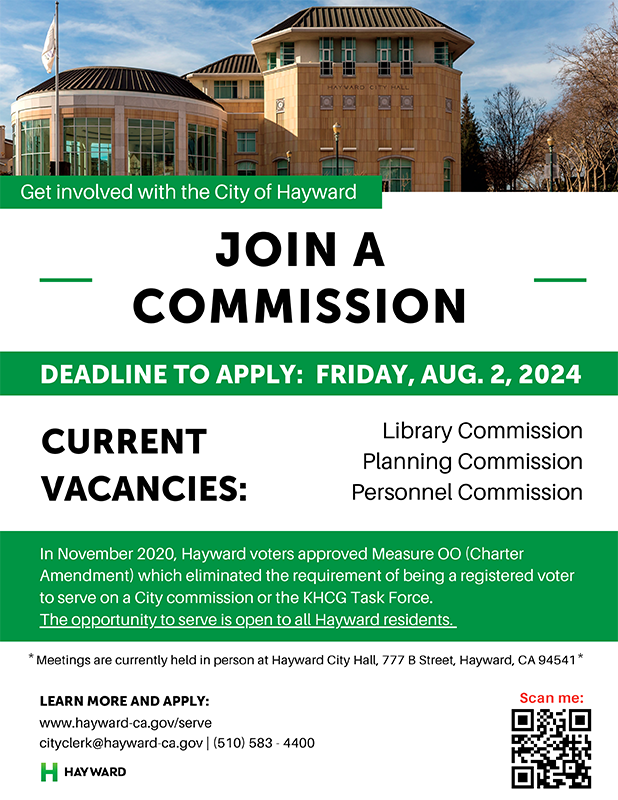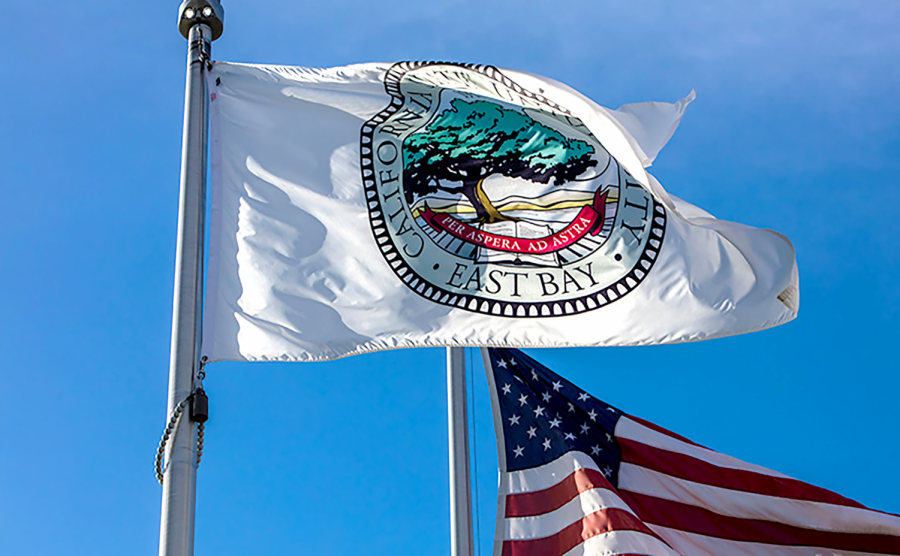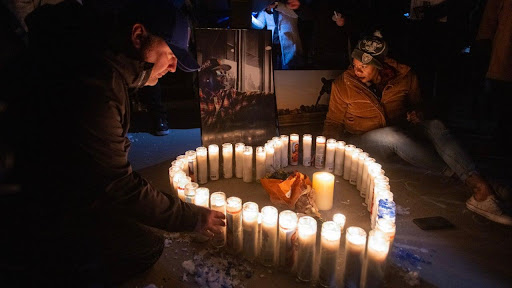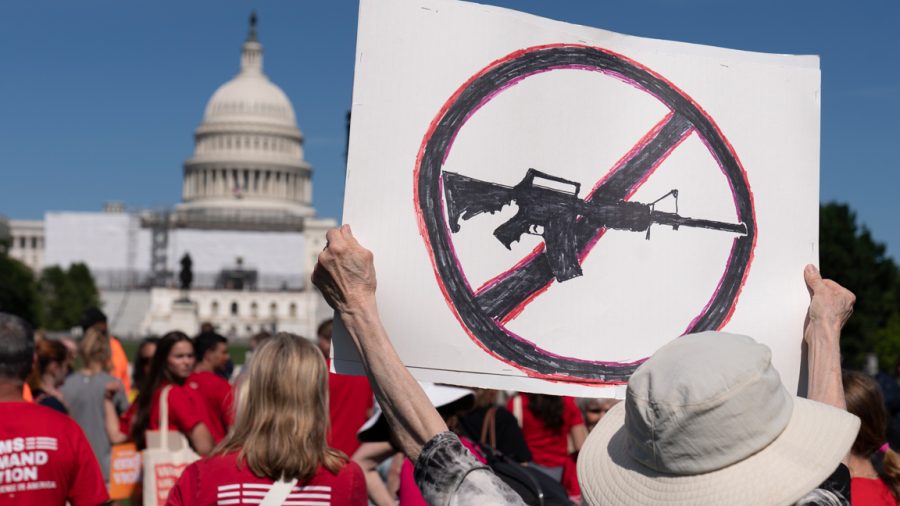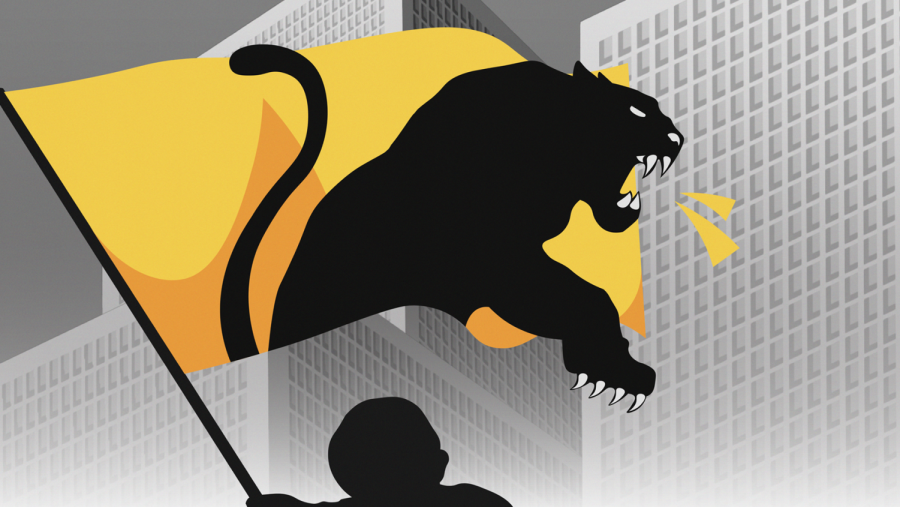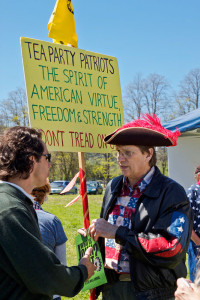
hands with a Tea Party protester.
The Tea Party tax day rally, a yearly event on April 15, attracted “patriots, small government enthusiasts and Libertarians” by the hundreds at the Pleasanton fairgrounds donning red, white and blue with hopeful candidates, pastors and KSFO – a local conservative talk show – in tow.
Protesters gathered on the lawn, with mostly conservative candidates outlining the field with booths, peppered with election paraphernalia from pamphlets, homemade CDs, stickers and signs. “Big government Gary,” a man dressed in a fat suit, lumbered around the rally donning shades and a smile.
Protesters tended to “Pelosi” potties when nature called, with an unappealing picture of her plastered on the inside of every portable toilet door.
Like previous years, the message was the same, with speakers denouncing government, taxes, climate change and vigorously attacking Barack Obama, Nancy Pelosi and Dianne Feinstein.
Brian Sussman, a KSFO talk show host, spoke fervently against climate change, citing NASA to be in league with government’s involvement to control American lives through scare tactics.
He also took it as an opportunity to pre-sell copies of his new book “Eco-Tyranny.”
“You have no idea what has been going on behind these scenes. If you want to know why the Obama administration really hates big oil, if you want to know why they want to tear down every dam in America and why they have a plan to take over millions of acres of private property and federalize it, then you got to read this book,” said Sussman to a crowd of protesters. “The founders never wanted us to have federal parks and national forests, they never wanted the federal government to be in the land-owning business.”
There were new lines of rhetoric this year, including denouncement of the National Defense Authorization Act, a controversial bill that opponents argue will give the President too much power to “indefinitely detain” citizens without trial.
“Anyone who supported the NDAA, even Republicans, should be thrown out of office because it’s not that they can’t read the Constitution, it’s that they just can’t read,” shouted John Dennis, Pelosi’s Congressional challenger, on stage as Tea Partiers clapped in response.
Two years ago, the Pleasanton Fair Grounds were a gathering place for thousands of angry citizens, marching in protest to “big government and Obamacare,” marking what is known today as the Tax Day Tea Party Rally.
This year, only hundreds came out to show their support, a significantly lower number than 2010 tax day rally where 10,000 were in attendance. While their message stayed strong, the numbers were diminished, a vivid reality that Tea Party protesters detailed for various reasons but not without expressing a stout stance on the movement’s viability.
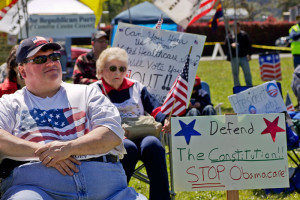
stage to advocate for their election.
“We aren’t going anywhere,” said Heather Grass, organizer of the East Bay Tea Party. “We have other rallies this weekend, one in San Francisco and another [Sunday] in San Jose.”
According to other attendees and news reports, those rallies had a small turnout as well. The Pleasanton rally looked to only have 600 to 700 in attendance at any given time, with 1,000 in and out overall, a number that organizer Dr. Bridget Melson agreed with.
Melson said since there is not a “shining star” running for Congress and that it took so long to have a Republican nominee, even if Mitt Romney is the likley candidate, it hurt the attendance because they do not have a popular candidate to gather around.
Rick Santorum was suppose to show up to the fairgrounds, which would have brought out the media and protesters in greater numbers, but due to the suspension of his campaign he never arrived and Melson didn’t have much luck getting Romney to stop by.
Both Melson and Grass agreed that splitting the protests over the weekend decreased Pleasanton’s numbers, which was at one point one of the largest gathering places in California for Tea Partiers in 2010.
“It wasn’t a move I would have made,” said Grass. “It definitely hurts the visual impact that a larger gathering would have had.”
Political Science professor Larry Bensky of CSU East Bay explains the diminishing numbers to the movement’s lack of appeal to young people and minorities.
According to Bensky, to have a successful and longer lasting movement it has to appeal to young people. The Tea Party event attracted largely middle-aged Caucasians, an issue that Bensky says will stunt the Tea Party’s progress.
“Young people care about jobs, education and student debt,” said Bensky.
According to Bensky, the Tea Party doesn’t have a platform that addresses those issues that could attract young people, nor do they have one that corresponds with minorities on the west side of the hill, referring to the Hayward area.
Bensky also emphasized the difficulty for the movement to survive in a two-party system.
According to the latest Pew Research Center survey conducted November 2011 concerning the Tea Party movement, 27 percent of Americans said they disagreed with the movement while 20 percent agreed with the movement. In 2010, those numbers were just the opposite when the GOP gained a significant number of seats in the midterm elections.




